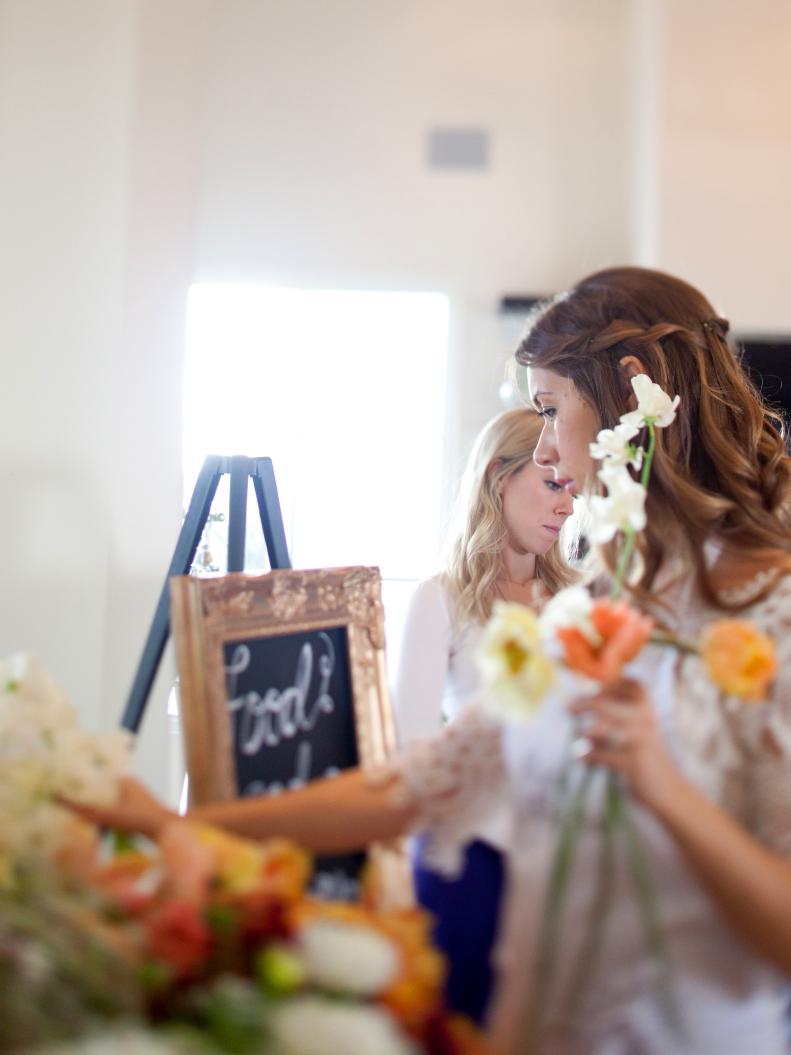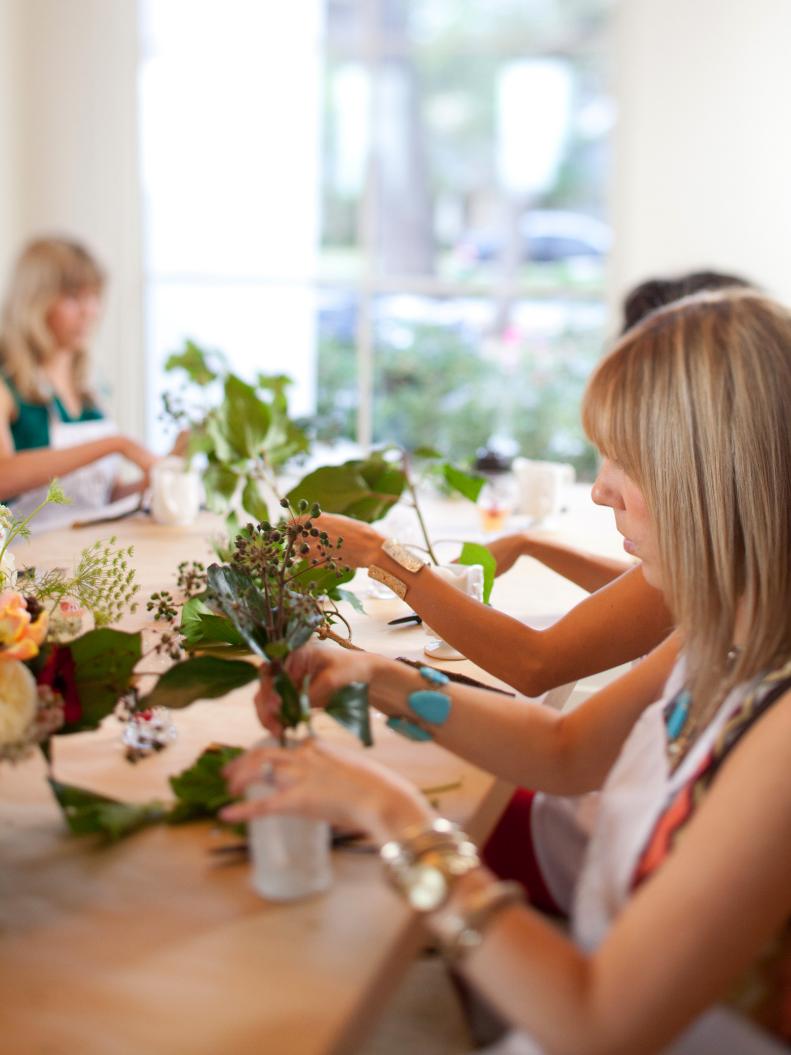1 / 7
Tip #1: Don't Be Afraid of the Flowers
Although we might naturally hesitate to touch the flowers' petals, they are much more durable than most people think. Be calm, have fun and enjoy the sheer luxury of holding a flower in your hands.









